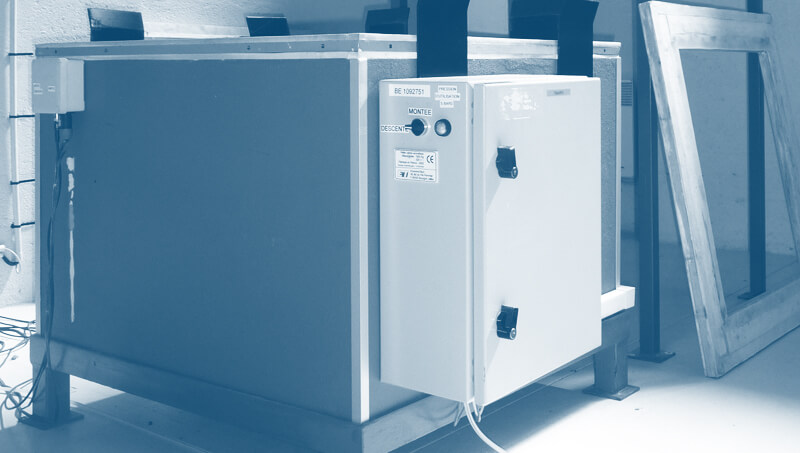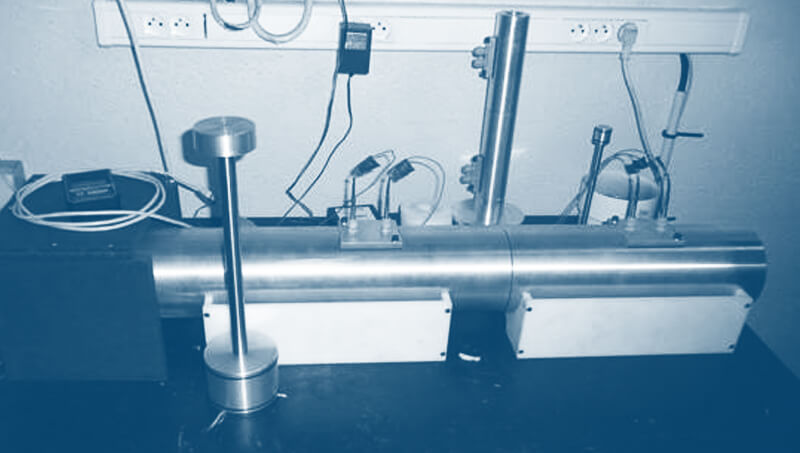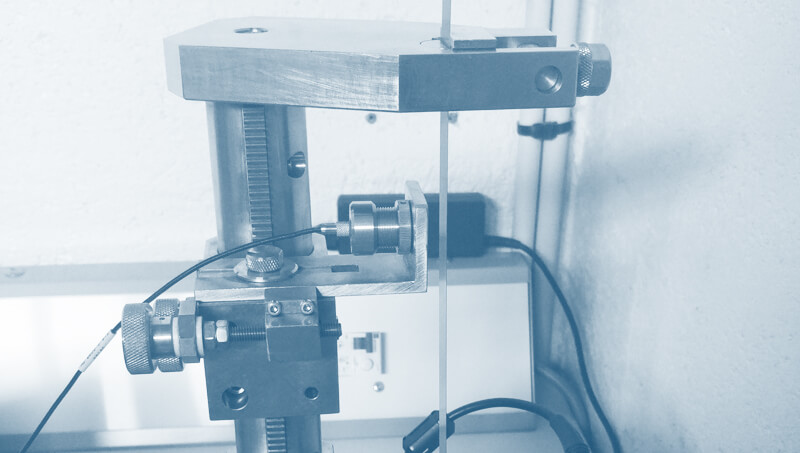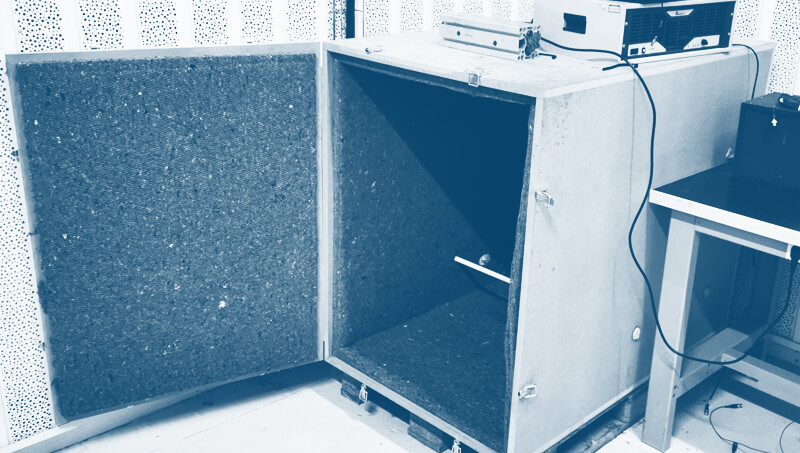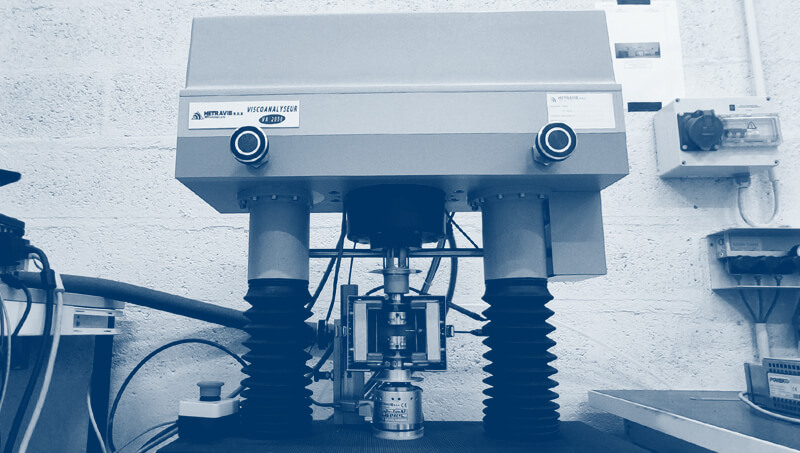Sound reduction index measurement
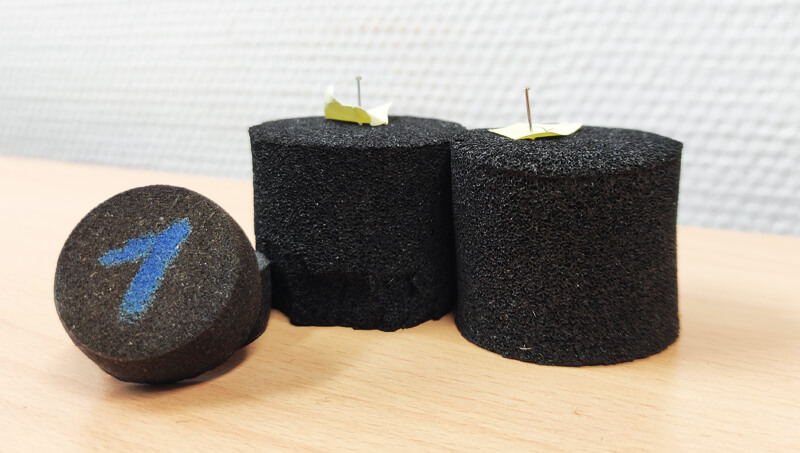
CEVAA measures the sound reduction index of materials. This allows us to characterize their sound insulation properties.
Sound reduction index R and Rw
CEVAA measures the sound reduction index of materials. This characterization is crucial for understanding their effectiveness in reducing sound transmission. This data allows for the design of buildings with adequate sound insulation, thus ensuring occupant comfort by limiting the propagation of airborne noise between rooms or from outside.
Furthermore, this measurement helps compare the performance of different materials and select the ones best suited to the specific requirements of a project, whether for partitions, floors, or cladding. It is also essential for verifying the compliance of materials with current acoustic standards and for optimizing soundproofing solutions.
The CEVAA laboratory has impedance tubes of different internal diameters (29, 44 and 100 mm) to measure, at normal incidence, the sound reduction index R over an extended frequency range from 50 to 6300 Hz according to the standard ASTM E2611-17.
The laboratory equipment also makes it possible to carry out test campaigns according to the internal procedures of manufacturers and equipment manufacturers, based on this standard.
Associated services
Our advice 💡
To meet the ecological challenge, while ensuring a good level of acoustic performance, it is necessary to use a set of technical solutions such as:
- Multilayer materials
- The use of air gaps (example of double glazing)
- The care given to sealing to avoid acoustic leaks
Sound reduction index R and Rw
Expressed in decibels (dB), the sound reduction index R is a regulated measure of the sound insulation provided by a building material or product. This coefficient represents the capacity of the product or material to oppose the propagation of sound.
In the building sector, the weighted sound reduction index Rw (C,Ctr) refers to the acoustic quality of a given wall. It can be a partition, a ceiling, a window, a door, a floor, etc.
Taking into account only the direct transfer of airborne noise, this coefficient can only be measured in the laboratory.
A high Rw coefficient indicates high acoustic performance in isolation. Its value depends on two adaptation coefficients C and Ctr which respectively represent the adaptation to interior noise (assumed to be of the pink noise type) and the adaptation to road traffic noise. Pink noise is a random signal whose spectral density is constant per octave band.
Acoustic insulation according to environmental requirements
According to the law of mass, the denser a material, the higher it will have a sound reduction index R. In addition, and again according to the mass law, the sound reduction index R increases with frequency.
The mass law is only valid for a monolayer material or a non-deformable simple wall in the frequency band of study. As far as possible, it is advisable to build heavy or to build with dense materials to better isolate yourself from airborne noise.
This is contrary to current environmental constraints which require in particular the lightening of structures (motor vehicle, aircraft, building, etc.) to reduce the consumption of raw materials and the carbon footprint.
Materials characterization benches
For more information, contact our teams!


